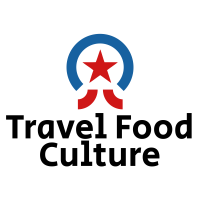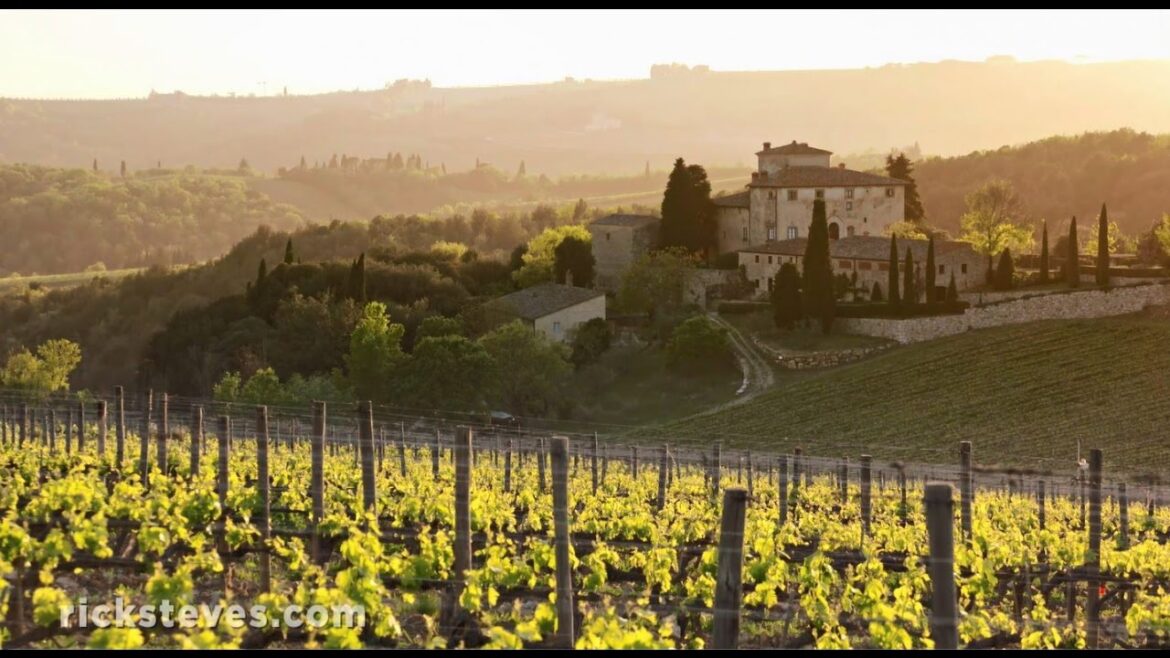Historical Significance Chiant & Origin of Wine Based on Public Facts
The history of Chianti dates back to at least the 13th century with the earliest incarnations of Chianti as a white wine. Today this Tuscan wine is one of Italy’s most well known and Recognizable wines.
In the Middle Ages, the villages of Gaiole, Castellina and Radda located near Florence formed as a Lega del Chianti (League of Chianti) creating an area that would become the spiritual and historical “heart” of the Chianti region and today is located within the Chianti Classico Denominazione di Origine Controllata e Garantita (DOCG).
As the wines of Chianti grew in popularity other villages in Tuscany wanted their lands to be called Chianti. The boundaries of the region have seen many expansions and sub-divisions over the centuries. The variable terroir of these different macroclimates contributed to diverging range of quality on the market and by the late 20th century consumer perception of Chianti was often associated with basic mass-market Chianti sold in a squat bottle enclosed in a straw basket, called fiasco.
The Borders of Chianti (Reference Source)
- It is very hard to give precise borders to the Chianti area in Tuscany. This is because the name of Chianti is traditionally referred to the area between Florence and Siena where Chianti wine has been produced and not a definite territorial area with boundaries. With time, the area where Chianti wine is produced has grown.
- The comunes that are traditionally considered part of Chianti: Greve in Chianti, Radda in Chianti, Gaiole in Chianti, Castellina in Chianti, Castelnuovo Berardenga, Impruneta, San Casciano Val di Pesa, Tavernelle Val di Pesa, Barberino Val d’Elsa and Poggibonsi.
Learn about Chianti Wine in this Video Guide by Rick Steves
Evolution of Grape Composition for Chianti
- In addition to changing boundaries, the grape composition for Chianti has changed dramatically over the years. The earliest examples of Chianti were a white wine but gradually evolved into a red.
- Baron Bettino Ricasoli, the future prime minister in the Kingdom of Italy created the first known “Chianti recipe” in 1872, recommending 70% Sangiovese, 15% Canaiolo and 15% Malvasia bianca.
- In 1967, the Denominazione di origine controllata (DOC) regulation set by the Italian government firmly established the “Ricasoli formula” of a Sangiovese-based blend with 10-30% Malvasia and Trebbiano.
- However some producers desired to make Chianti that did not conform to these standards-such as a 100% variety Sangiovese wine, or all red wine grape varieties and perhaps with allowance for French grape varieties such as Cabernet Sauvignon or Merlot to be used.
- A few producers went ahead and made their “chianti” as they desired but, prohibited from labeling, sold them as simple vino da tavola. Despite their low level classifications, these “super Chiantis” became internationally recognized by critics and consumers and were coined as Super Tuscans.
- The success of these wines encouraged government officials to reconsider the DOCG regulations with many changes made to allow some of these vino da tavola to be labeled as Chiantis.
Chianti Wine Tour Video Guide by Stefano
The Early History of Chianti
- The Early History of Chianti is very much intertwined with the history of the entire Tuscany region. The history of viticulture in the area dates back to its settlements by the Etruscans in the eighth century BC.
- Amphora remnants originating from the region show that Tuscan wine was exported to southern Italy and Gaul as early as the seventh century BC before both areas begun to actively cultivate grape vines themselves.
- From the fall of the Roman Empire and throughout the Middle Ages, monasteries were the main purveyors of wines in the region. As the aristocratic and merchant classes emerged, they inherited the sharecropping system of agriculture known as mezzadria. This system took its name from the arrangement whereby the landowner provides the land and resources for planting in exchange for half (“mezza”) of the yearly crop.
- Many landowners in the Chianti region would turn their half of the grape harvest into wine that would be sold to merchants in Florence. The eCarliest reference of Florentine wine retailers dates to 1079 with a guild for wine merchants being created in 1282.
The Early Wine Exports from Italy & Florentine Wine Merchants
- Unlike France or Spain, Italy did not have a robust export market for its wines during the Middle Ages. Its closest trading partners, France and Austria, were separated from Italy by the massive Alps Mountains and also had ample supply of their own local wines.
- The English had little interest in Italian wines at this point, finding plenty of sources in France, Spain and later Portugal to quench their thirst. While the sweet Lacryma Christi from Campania had some presence on the international market, most Italian wines had to compete for taste of the local market.
- Even then this market was mostly limited to the aristocracy (who seemed to preferred strong wines made from Vernaccia or sweet Aleatico and Vin Santos) since outside of the major cities of Rome and Naples, there was not yet a strong middle class.
- During the Renaissance, the city of Florence experienced a period of growth that brought with it an emerging middle class of guilded craftsman and merchants. Some of these Florentine wine merchants, such as the Antinoris and Frescobaldis, would becoming powerful and influential figures in not only the history of Chianti but also of Italian wine.
The Earliest Example of Chianti Wine
- The Chianti Wine in the Medieval Era was as a pale, light white wine being sold by the merchant Francesco di Marco Datini in 1398. It eventually evolved into a coarse, deep colour red wine that Sir Edward Barry described as having “disagreeable roughness and other qualities, seldom drunk.” Some of these “other qualities” may have been a slight fizziness that was a by product of wine making techniques that emerged during the late Middle Ages.
- At the time various wine faults would plague unstable Chiantis because they were not able to fully complete fermentation and yeast cells would remain active in the wine. The lack of full fermentation was partly due to cooler temperatures following harvest that stuns the yeast and prohibits activity but could have also been caused by unsanitary fermentation vessels.
Chianti Winemakers Developed a Technique Known as Governo
- In the 14th century, Chianti winemakers developed a technique known as Governo where half-dried grapes are added to the must to stimulate the yeast with a fresh source of sugar that may keep the yeast active all the through the fermentation process.
- While this technique did improve the probability of a fully fermenting wine, the second fermentation caused by the addition of the new sugars also left some carbon dioxide caused the wines to have a slightly sparkling or “fizzy” character.


